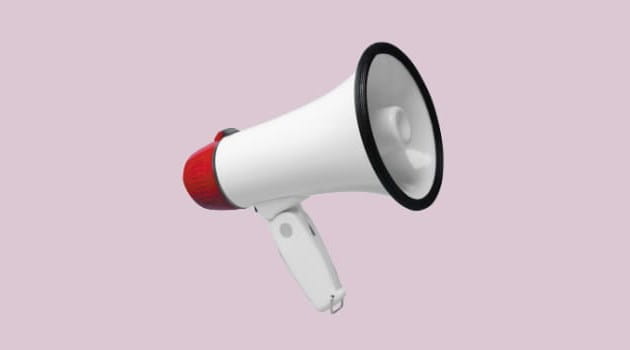Quiet quitting may not be a new phenomenon but it’s believed to be on the rise. While quiet quitters don’t actually resign from their jobs, they mentally distance themselves and will only do what’s required of them in their job description – no going the extra mile, no unpaid overtime, no organising the team socials. Its Chinese equivalent, #TangPing, or lying flat, is a now-censored hashtag apparently prompted by China’s shrinking workforce and long-hours culture.
Feeling disengaged from your work can be especially prevalent in businesses with poor leadership in the remote world of work. It’s the opposite of putting your shoulder to the wheel. Its impact is hugely negative on performance and morale. It’s a hidden cancer.
Like many behavioural changes accelerated by the pandemic, bosses are trying to understand it, recognise and counteract its negative impact on teams and productivity.
So, here are five tips to keep the team motivated and performing:
- Everyday actions: There is growing evidence that teams are disengaged from lofty visions, bold strategies and grand plans. There is a disconnect between the big ambitious goals and the everyday actions that workers need to take to improve their individual and team performance. In the remote world, this is exacerbated by a feeling of isolation and helplessness. In the physical office there are fewer hiding places than there are for those working from their bedroom or kitchen table. More and more businesses are realising that the key is to help their people identify and understand what the small everyday actions are that they need to take to make a difference. Once you are clear about what’s expected, employees will benefit from being coached, measured and encouraged to carry out these everyday actions and not be distracted by other calls on their time. The psychology behind this is simple to grasp but difficult to execute. It is the same psychology that sees people succeed or fail to honour New Year’s resolutions, and sees Olympic hopefuls focus on the process and not the result. Executed well, a focus on everyday actions will align people, strategy and culture and grow engagement and productivity.
- Be flexible but focused: The world has changed considerably in the past two years. We have seen a seismic shift from 20th century stability to 21st century flexibility. Employees expect to be able to work in an agile and flexible way. Employees expect, for instance, that they should be able to exercise in the time where they would previously have been at a city desk, or to be able to attend to their children during working hours. That is a given of the post-pandemic work culture. But there is a trade-off here. When they are working they need to be focused on results-based activity, on getting the right things done to move towards the big goal. This is a conversation that leaders need to have with the individuals in their teams to cement the new way of working. In his book Trust & Inspire the author Stephen Covey describes how, as the workplace has changed, the way we lead needs to change, too. This means a shift from the command-and-control model of before COVID-19 to a model of personal accountability and motivational leadership. It is quite a difference but one that will turn the tide of the quiet quitters and maximise the performance of individuals and their teams.
- Be kind: One of the best ways of engaging with the individuals in your team is simply to be a lot kinder. This does not mean you don’t call out poor performance. Nor does it mean you don’t have challenging conversations. But in your overall behaviour as leader, put kindness at the heart of what you do. Ask more questions. Listen more intently to the answers. Show care and compassion in your actions. Two years of COVID-19 followed by a cost-of-living crisis, soaring energy bills, plummeting pensions and fear of unemployment is a lot for each and every one of us to deal with. Show kindness in your leadership and you will be rewarded in return through the performance of your teams.
- Meet face to face: Working from home can be intensely isolating for many and quite depressing for some. It’s the elephant in the Zoom. To counteract this it is essential to meet your people face to face and to use the time well. The sheer energy that can be created in bringing people back together after this forced separation can be harnessed for the advancement of your business goals. This doesn’t need to be the traditional offsite. Get out and meet your people for coffee catch-ups so you can be face to face to help, support and inspire.
- Celebrate success: Ensure you celebrate the success of all the small victories that your people are achieving out there. Don’t allow them to think their hard work is going unnoticed. Especially those who are high on recognition, are fuelled by praise and by their good deeds being fed back to them.
The truth is that the new world of work is still extremely embryonic. But leading teams in the way we did before COVID-19 simply isn’t effective post-pandemic. We need to adopt a new methodology and new behaviours to maximise performance. At Black Isle Group we have been focused on developing the new methodology that will transform the new world of work. It’s something we are passionate about. Quiet quitters are canaries in the mine. They warn us that things aren’t great out there in remote-working Britain. The challenge as leaders is to adapt and engage better with our people before it’s too late.
Jeremy Campbell, people and business transformation expert and CEO of Black Isle Group


